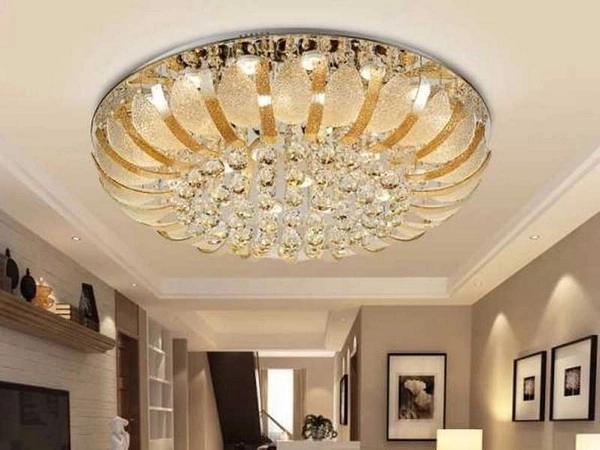-
×
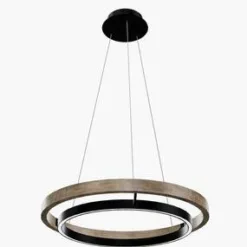 LED24-007 – Solar LED Wall Light (Outdoor Waterproof)
1 × 4.562 $
LED24-007 – Solar LED Wall Light (Outdoor Waterproof)
1 × 4.562 $ -
×
 Under Cabinet LED Light Strip Kit
1 × 35 $
Under Cabinet LED Light Strip Kit
1 × 35 $ -
×
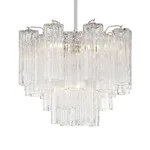 LED24-009 – LED Color-Changing Bulb with Remote (E27)
1 × 3.573 $
LED24-009 – LED Color-Changing Bulb with Remote (E27)
1 × 3.573 $ -
×
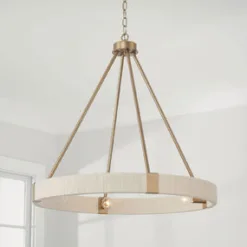 LED24-006 – LED Vanity Mirror Light Kit (USB Powered)
1 × 3.567 $
LED24-006 – LED Vanity Mirror Light Kit (USB Powered)
1 × 3.567 $ -
×
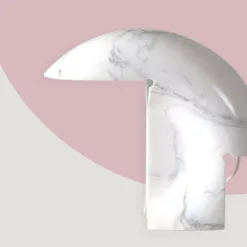 EM24-009 – Headlamp with Motion Sensor (Water-Resistant)
1 × 4.362 $
EM24-009 – Headlamp with Motion Sensor (Water-Resistant)
1 × 4.362 $ -
×
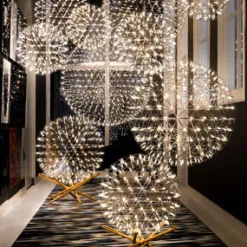 LED24-003 – LED Strip Light (RGB 5m with Remote)
1 × 5.368 $
LED24-003 – LED Strip Light (RGB 5m with Remote)
1 × 5.368 $ -
×
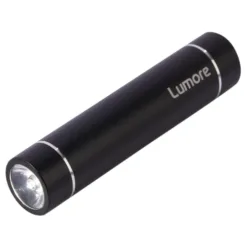 Compact LED Flashlight with Power Bank
1 × 28 $
Compact LED Flashlight with Power Bank
1 × 28 $ -
×
 Ultra-Thin Recessed LED Ceiling Light (4-pack)
1 × 60 $
Ultra-Thin Recessed LED Ceiling Light (4-pack)
1 × 60 $ -
×
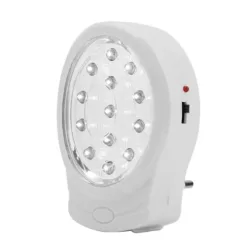 Automatic Power Outage Emergency Light
1 × 20 $
Automatic Power Outage Emergency Light
1 × 20 $
News
Casting a Modern Glow: Top 5 Luxury Decorative Lighting Fixtures for the Contemporary Living Room
Introduction
The living room is more than just a collection of furniture and walls; it is the heart of the home, a dynamic space that hosts quiet evenings, lively gatherings, and the simple, beautiful moments of everyday life. In the pursuit of crafting a truly modern and sophisticated living space, we often focus on the tangible: the plushness of a sofa, the grain of a wooden coffee table, or the texture of a rug. Yet, there is an intangible element that holds the power to transform the entire atmosphere, to elevate design from merely functional to truly transcendent: lighting. The right lighting doesn’t just illuminate a room; it defines it. It carves out spaces, highlights textures, sets moods, and turns a well-designed room into an immersive experience. In the realm of contemporary interior design, luxury decorative lighting has evolved far beyond its utilitarian roots. It is now considered functional art, a critical architectural element that serves as a focal point, a conversation starter, and the final, brilliant touch that completes a vision.
Choosing the perfect lighting fixture for a modern living room can be a daunting task. The market is saturated with options, each promising to be the one. However, true luxury lighting isn’t about fleeting trends or excessive ornamentation. It’s about a harmonious blend of innovative design, superior craftsmanship, quality materials, and the intelligent application of technology. It’s about how a fixture interacts with the space it inhabits, both when it is on and when it is off. A truly luxurious piece possesses a sculptural quality, a presence that commands attention without overwhelming the senses. This comprehensive guide is designed to navigate the luminous landscape of high-end interior lighting. We will move beyond a simple list and delve into the philosophy behind modern lighting design, exploring five essential archetypes of luxury fixtures that are redefining the contemporary living room. From the dramatic sweep of a reimagined chandelier to the subtle elegance of integrated wall sconces, we will explore not just what these pieces are, but how to use them to create a space that is not only beautifully lit but also deeply and personally resonant. Prepare to see your living room in a whole new light.
1. The Reimagined Statement Chandelier: Sculptural Supremacy from Above
When one hears the word “chandelier,” the mind often conjures images of cascading crystals and ornate, traditional fixtures better suited to a ballroom than a modern home. However, the contemporary chandelier has undergone a radical transformation. Today’s luxury statement chandelier is less about opulent grandeur and more about sculptural artistry and bold, geometric form. It has shed its formal pretenses to become the definitive centerpiece for the modern living room, a piece of suspended art that anchors the space and immediately communicates a confident design language.
Design Characteristics: The modern statement chandelier is defined by its clean lines, innovative materials, and often minimalist, yet impactful, silhouette. Designers are experimenting with a vast palette of materials, moving far beyond traditional brass and crystal. You’ll find fixtures crafted from matte black steel, brushed bronze, polished nickel, and even unconventional materials like cast resin, hand-blown glass in organic shapes, and natural stone accents like alabaster. The forms are equally diverse. Think less about tiered arms and more about interlocking rings, explosive starburst patterns, linear suspensions with adjustable elements, or cascading compositions of individual pendants that form a single, cohesive sculpture. LED technology has been a game-changer, allowing for incredibly slim profiles and integrated light sources that make the fixture itself appear to glow from within, eliminating the need for visible bulbs and creating a cleaner, more futuristic aesthetic.
Optimal Placement and Scale: The most common and effective placement for a statement chandelier is centered over the primary seating area, typically above the coffee table. This placement creates a natural focal point and a sense of intimacy within a larger open-plan space. However, the key to success is scale. A fixture that is too small will look insignificant and lost, while one that is too large can overwhelm the room and feel oppressive. A general rule of thumb is to add the room’s length and width in feet and convert that number to inches to find an appropriate diameter for your chandelier. For example, a 15-foot by 20-foot room (35 feet total) would suit a chandelier around 35 inches in diameter. Height is equally critical. In a standard 8-foot ceiling room, the bottom of the fixture should hang approximately 7 feet from the floor. For higher ceilings, the chandelier can be suspended lower, typically 30-36 inches above the coffee table, ensuring it feels connected to the furniture grouping below without obstructing sightlines.
Styling and Integration: A statement chandelier should be the “jewelry” of the room. It should complement, not compete with, the other elements. If your room features minimalist furniture, a complex, sculptural chandelier can add a much-needed layer of visual interest. Conversely, in a room with more eclectic furnishings, a simpler, more geometric chandelier can provide a sense of order and modern sophistication. Consider the metal finishes in your room. A brushed brass chandelier can add warmth and a touch of vintage glamour, while a matte black fixture lends a graphic, industrial edge. Remember, this piece sets the tone. It is the first thing guests will notice, and it works in concert with your other lighting layers to create a dynamic and inviting environment. It is the primary source of ambient light, casting a broad, general glow that forms the foundation of your entire lighting scheme.
2. The Architectural Arc Floor Lamp: Graceful Form, Focused Function
While overhead lighting sets the general mood, floor lamps bring light down to a human level, creating pockets of warmth and functionality. Among the myriad of options, the architectural arc floor lamp stands out as a true icon of modern design. More than just a light source, it is a piece of sculpture that combines graceful form with practical purpose. Its signature sweeping arm allows it to deliver light to a specific point—like over a sofa or a reading chair—from a base positioned conveniently out of the way, solving common lighting dilemmas with unparalleled elegance.
Design Characteristics: The quintessential arc lamp, famously epitomized by the Arco Lamp designed in 1962, features a heavy base (often marble or stone for stability) and a long, curved stainless-steel arm. This classic design remains enduringly popular, but contemporary designers have expanded on the concept with new materials and forms. Modern iterations might feature sleek, adjustable arms in carbon fiber or matte black metal, minimalist LED light sources at the tip, and bases made from concrete or solid wood. Some designs offer multiple, smaller arms that can be articulated independently, providing even greater flexibility. The defining characteristic is its ability to make a significant visual statement while occupying a minimal footprint. Its dramatic curve draws the eye upward, adding a sense of height and architectural interest to a room. The quality of a luxury arc lamp is evident in the details: the smoothness of the articulation, the quality of the dimmer switch, and the substantial feel of the base.
Optimal Placement and Scale: The beauty of the arc floor lamp lies in its versatility. Its most common application is to provide task lighting for a seating area that isn’t situated directly under a ceiling fixture. Placed behind a sectional sofa, its arm can extend gracefully over the center of the seating arrangement, illuminating the coffee table and providing ample light for reading or conversation. It’s also a perfect solution for a cozy reading nook; tuck the base behind an armchair and let the light source hover perfectly over your shoulder. When considering placement, think about traffic flow. The base should be placed where it won’t be a tripping hazard, and the arc should be high enough to allow people to walk underneath it comfortably. Scale is important here as well. In a large living room with high ceilings, a grand, sweeping arc will feel dramatic and proportional. In a smaller space, a more modestly sized arc lamp will provide the same functional benefit without visually crowding the room.
Styling and Integration: An arc floor lamp is a powerful design tool. It can be used to break up the monotony of straight lines in a very linear, minimalist room, adding an elegant curve that softens the overall aesthetic. The choice of material and finish should align with your existing decor. A classic polished chrome arc lamp complements a mid-century modern or contemporary style, while a black or brass version can fit seamlessly into industrial or more glamorous interiors. This lamp is a perfect example of how task lighting can also serve as accent lighting. When not being used for reading, it can be dimmed to cast a soft glow on a piece of art or a beautiful textile, adding depth and drama to the room. It masterfully bridges the gap between ambient and task lighting, providing focused light where needed while contributing significantly to the room’s overall sculptural and atmospheric quality.
3. The Curated Cluster of Pendant Lights: A Symphony of Suspended Light
For those looking to make a statement that is both artistic and highly customizable, the curated cluster of pendant lights offers a compelling alternative to a single, monolithic fixture. This approach treats lighting as a dynamic installation, a collection of individual luminous elements that come together to form a greater, more intricate whole. It allows for a level of personalization that is difficult to achieve with other fixtures, enabling homeowners to play with height, form, color, and number to create a truly bespoke focal point in their modern living room.
Design Characteristics: Luxury pendant lights are characterized by their exquisite materials and artisanal quality. They are often crafted from hand-blown or slumped glass, polished metals, carved wood, cast ceramic, or even fine concrete. The beauty of the cluster concept is the ability to mix and match. You can create a composition using identical pendants hung at varying heights for a sense of rhythmic cohesion, or you can mix different shapes, sizes, and even materials within a complementary color palette for a more eclectic, “collected” look. Modern designs often feature integrated LED technology, which allows for incredibly delicate and minimalist forms. Think of glowing orbs that seem to float in mid-air, slender metallic tubes that cast precise pools of light, or organically shaped glass vessels that create a beautiful, diffused glow. The suspension systems are also a key design element, from near-invisible thin wires to more robust fabric cords or metal rods that add to the overall aesthetic.
Optimal Placement and Scale: A pendant cluster is incredibly versatile. While it can be used in the traditional central position over a coffee table, it truly shines in applications that require a more creative solution. Consider using a cluster to illuminate a corner of the living room, transforming an underutilized space into a dramatic visual feature. They are also perfect for spaces with high or vaulted ceilings, where their verticality can draw the eye upward and fill the voluminous space in a way a single fixture cannot. A linear cluster can be suspended over a long, narrow console table behind a sofa, providing both ambient and accent light. The key to a successful cluster is variation in height. Staggering the drop lengths of the individual pendants creates a sense of movement and visual interest, preventing the arrangement from looking static or rigid. The overall size of the cluster should be in proportion to the space or furniture it is illuminating, creating a contained, intentional composition.
Styling and Integration: Styling a pendant cluster is an act of creation. The final look depends entirely on your choices. For a serene, minimalist aesthetic, a cluster of identical white or clear glass orbs hung at slightly different heights can create an ethereal, cloud-like effect. For a more dramatic and glamorous look, consider a mix of smoked glass and metallic pendants. In a room with a neutral color palette, a cluster of pendants in a single, bold accent color can add a powerful pop of visual energy. This lighting strategy excels at creating atmosphere. The multiple points of light create a complex interplay of light and shadow, adding depth and texture to the room. When dimmed, a pendant cluster provides a soft, twinkling ambiance that is both sophisticated and inviting, perfectly encapsulating the modern luxury ideal of a space that is as beautiful as it is livable.
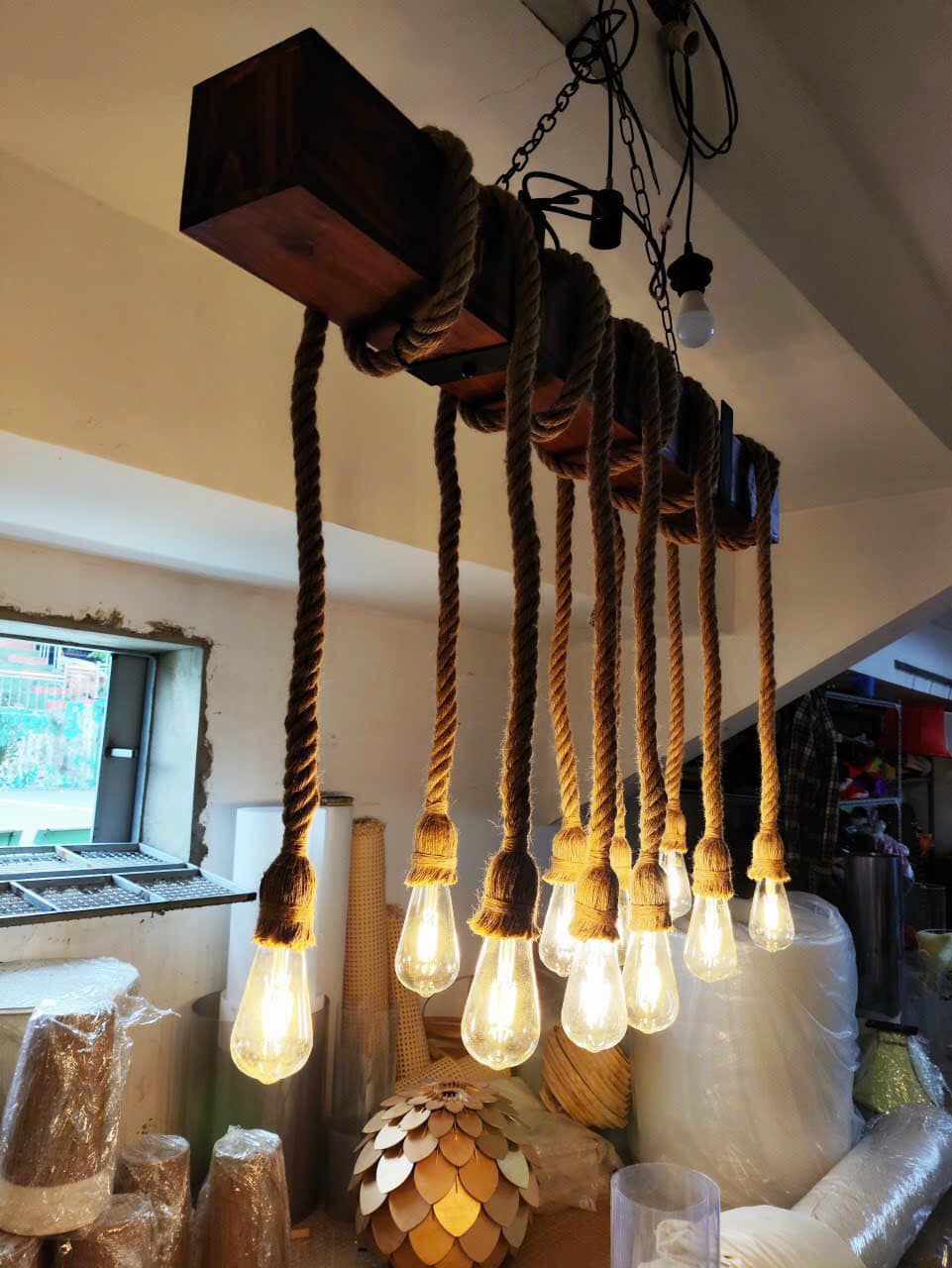
4. Artistic Wall Sconces: Washing Walls with Light and Style
Wall sconces are often the unsung heroes of a sophisticated lighting plan. Too frequently relegated to hallways or bathrooms, they play a crucial role in a modern living room by providing essential accent and ambient light. Luxury wall sconces, in particular, have transcended their functional origins to become wall-mounted sculptures. They are design statements in their own right, capable of transforming a flat, uninteresting wall into a feature, highlighting architectural details, and contributing to a layered, immersive lighting experience.
Design Characteristics: The world of high-end wall sconces is incredibly diverse. You can find everything from ultra-minimalist designs that appear as a simple glowing line or disc, to more elaborate, artistic creations that mimic natural forms like branches or flowers. Materials are key. Think solid brass machined into a precise geometric form, alabaster stone that diffuses light with a warm, natural glow, or hand-folded metal that creates a fascinating play of shadows. One of the most popular styles in modern interiors is the up/down sconce, which casts light both upwards and downwards, washing the wall in a soft, indirect light that reduces glare and adds a sense of height to the room. Other designs feature articulated arms, allowing them to function as targeted reading lights next to a sofa or chair. The focus in luxury design is on the quality of both the light output and the object itself, ensuring it is beautiful whether illuminated or not.
Optimal Placement and Scale: The strategic placement of wall sconces can dramatically alter the perception of a room. A common and highly effective technique is to use them in pairs to flank a major architectural feature, such as a fireplace, a large piece of art, or a console table. This creates a sense of balance, symmetry, and formality. They can also be used to illuminate and define specific zones within a larger living room, such as a small seating area or a bar cart. On a long, empty wall, a series of three or five identical sconces can create a powerful rhythmic element, almost like a piece of installation art. The ideal height for wall sconces is typically around 60-66 inches from the floor, placing them at eye level. This prevents the bare bulb from being directly in one’s line of sight. The scale of the sconce should be appropriate for the wall it’s on; a small sconce will be lost on a large wall, while an oversized one can overwhelm a small space.
Styling and Integration: Wall sconces are the ultimate team players in a lighting scheme. They provide the gentle, indirect ambient light that fills in the gaps left by overhead and task lighting. This is crucial for creating a room that feels warm and inviting, eliminating harsh shadows in the corners. The light from a sconce can also be used to highlight the texture of a wall, whether it’s brick, stone, or a beautiful wallpaper, adding a rich layer of visual depth. From a styling perspective, the finish of your sconces should coordinate with other metallic or hardware elements in the room for a cohesive look. When choosing a design, consider the “light wash” it will create. Some sconces produce a sharp, defined beam of light, creating a dramatic V-shape on the wall, while others offer a soft, diffused all-over glow. Both can be effective, but they create very different moods. By integrating artistic wall sconces, you are adding a crucial layer that makes the room feel complete, professionally designed, and bathed in a comfortable, sophisticated light.

5. Integrated LED and Low-Profile Track Lighting: The Understated Tech of Luxury
The final category of luxury lighting represents a more subtle, technologically advanced approach to illumination. Integrated LED channels and sophisticated, low-profile track lighting systems are the choice for the true modernist and minimalist. This type of lighting embodies the “less is more” philosophy, where the lighting effect is prioritized over the fixture itself. It is a form of luxury that whispers rather than shouts, defined by its seamless integration into the architecture of the room, its unparalleled flexibility, and its smart-home capabilities.
Design Characteristics: This is where lighting and architecture merge. Integrated LED lighting involves embedding slim channels of light directly into ceilings, walls, or shelving. These can be used to create glowing coves around the perimeter of a room, add dramatic uplighting from the floor, or create clean, linear “lines of light” that cut across a ceiling. The fixture is essentially invisible, leaving only the pure effect of the light itself. Modern track lighting has also been completely redesigned. Gone are the bulky, industrial tracks of the past. Today’s high-end systems are incredibly sleek and can be recessed, flush-mounted, or suspended. The individual light heads are miniaturized and beautifully designed, ranging from tiny adjustable spotlights to elegant mini-pendants, all of which can be easily moved and re-aimed along the track. This offers the ultimate in flexibility, allowing you to adapt your lighting to changing furniture layouts or new art acquisitions.
Optimal Placement and Scale: The power of these systems lies in their precision. Track lighting is the perfect solution for creating an art gallery effect in your living room. A series of adjustable spotlights can be aimed to perfectly illuminate each piece of art, making the colors pop and creating dramatic focal points. This is known as accent lighting, and it is what gives a room a curated, high-end feel. Integrated LED channels are often used for general ambient lighting. A cove lighting system, where the LEDs are hidden in a ledge near the ceiling, casts a beautiful, even glow upwards, making the ceiling feel higher and the room more spacious. They can also be installed under floating shelves or media units to create a sense of weightlessness and add a soft, indirect light at a lower level. The “scale” of this lighting is about the scale of its effect—from a narrow beam focused on a small sculpture to a broad wash of light across an entire feature wall.
Styling and Integration: This type of lighting is for those who want a clean, uncluttered aesthetic. It allows the architecture, art, and furniture to be the stars of the show, while the lighting plays a powerful, yet discreet, supporting role. A key element of this modern luxury is control. These systems are almost always paired with advanced dimmer switches and smart home systems. This allows you to control not just the brightness but often the color temperature of the light, transitioning from a crisp, cool white light for daytime focus to a warm, cozy glow reminiscent of candlelight for the evening. This level of control, the ability to tailor the atmosphere of your room with the press of a button, is the ultimate modern convenience and a hallmark of true luxury design. By embracing this understated technological approach, you create a living room that is not just visually stunning but also intelligently responsive to your needs and moods.
Conclusion
Illuminating a modern living room is a delicate art, an exercise in balancing form, function, and feeling. As we have explored, luxury decorative lighting is not a mere accessory; it is a fundamental component of sophisticated interior design. The five archetypes—the sculptural Statement Chandelier, the elegant Architectural Arc Floor Lamp, the bespoke Pendant Cluster, the artistic Wall Sconce, and the discreet Integrated LED System—represent more than just fixtures. They are tools that empower you to sculpt with light, to paint with shadow, and to craft an atmosphere that truly reflects your personal style. The journey to a perfectly lit living room begins with understanding that a single light source is never enough. True luminous luxury is achieved through layering—combining the broad ambient glow of a chandelier, the focused functionality of a floor lamp, and the soft, atmospheric accent of wall sconces to create a space that is dynamic, versatile, and visually rich.
The right lighting fixture is an investment, not just in your home’s aesthetic, but in your daily experience within it. It has the power to make a small room feel grand, a cavernous room feel intimate, and a simple gathering feel like a special occasion. It influences our mood, enhances our comfort, and brings our most cherished objects to life. As you consider the options for your own space, think beyond simple illumination. Ask yourself what story you want your living room to tell. Do you want it to be dramatic and bold, serene and minimalist, or warm and inviting? The answers will guide you to the perfect fixtures that will not only light up your room but also ignite your love for the space you call home.

